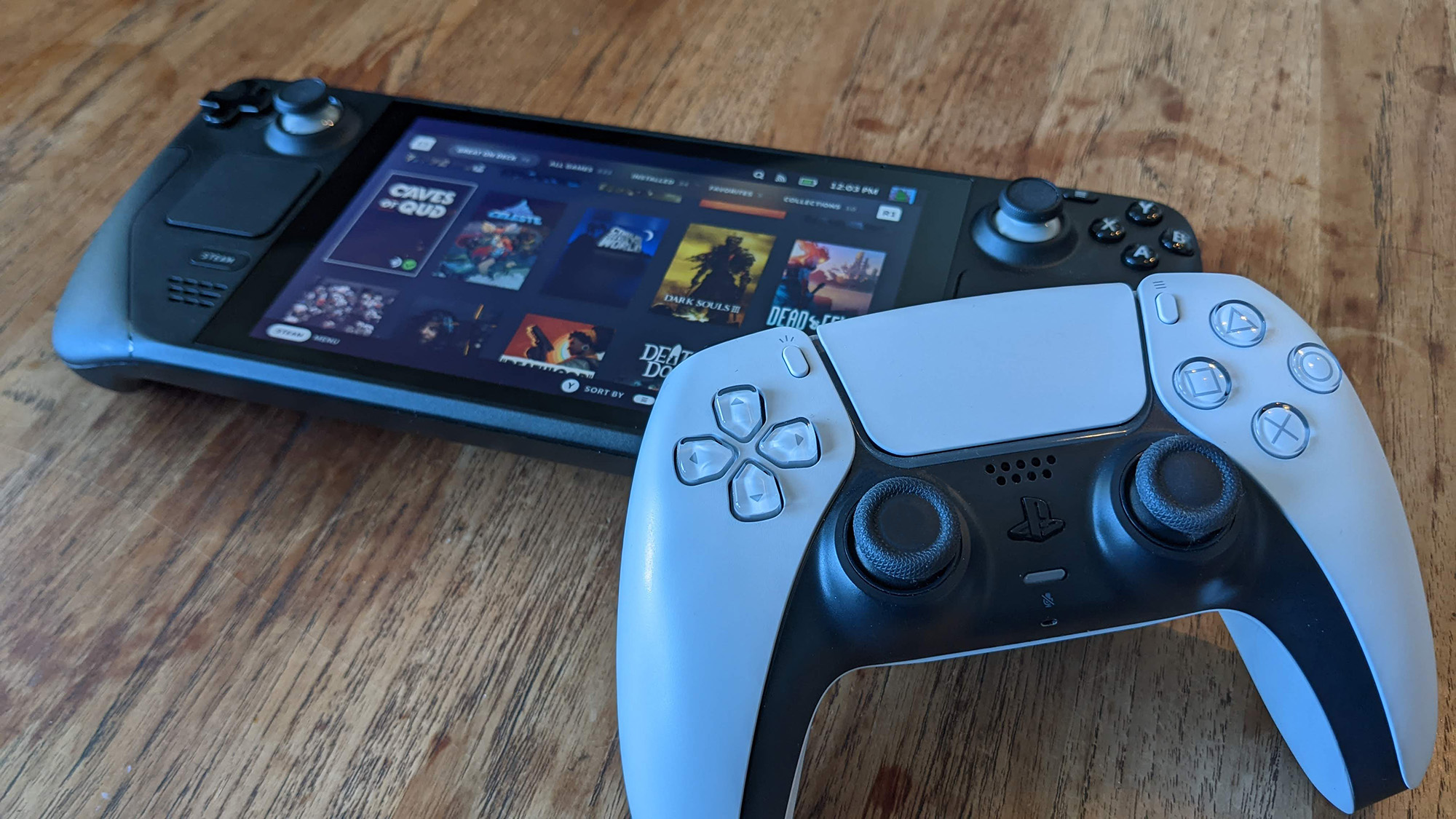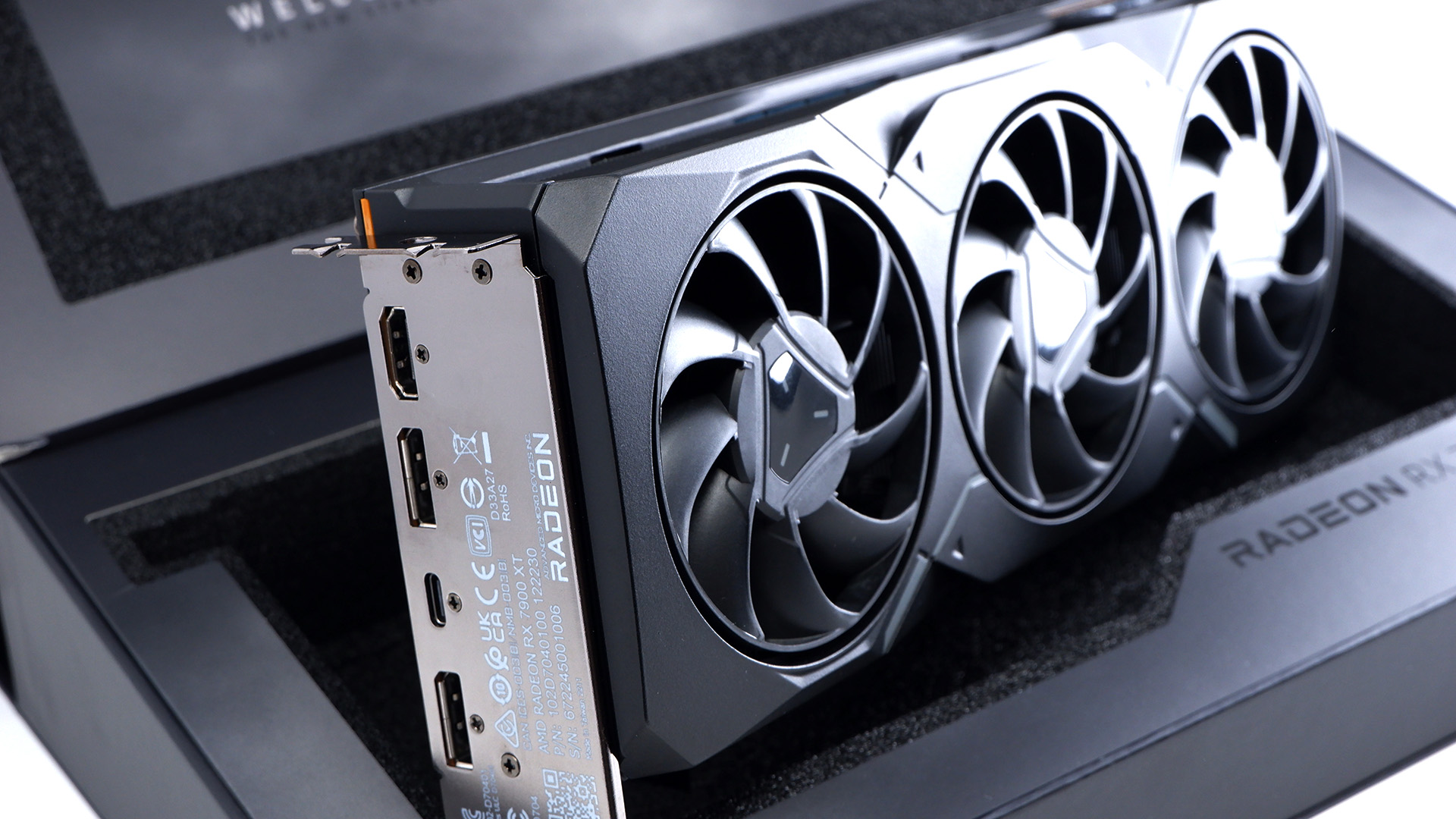Games consoles now deliver fully one quarter of AMD's revenues
With PC graphics on the slide, the consoles keep on trucking.

The traditional view has always been that games consoles were a useful but relatively petite contribution to AMD's overall revenues. Turns out that's not entirely true. In fact, Sony's PS5 alone represented fully 16% of AMD's revenues in 2022 and likely a quarter of revenues came from Sony and Microsoft consoles combined.
That's according to an official AMD filing (via Tom's Hardware). "One customer accounted for 16% of our consolidated net revenue for the year ended December 31, 2022. Sales to this customer consisted of sales of products from our Gaming segment," the filing revealed.
That customer can only really be Sony and the PS5, which comfortably outsells the Xbox Series consoles. Of course, AMD wasn't just responsible for the PS5's APU, it also created the chips for both Microsoft's Series X and S consoles.
Estimates of overall volumes to date for both consoles put Sony's PS5 roughly in the 30 million to 32 million range, with the MS Series consoles on a little over 20 million.
AMD hasn't detailed revenues specifically for Microsoft consoles, but based on those numbers, if 30 odd million console chips is 16% of AMD's business, another 20 odd million will be roughly 10% and combined you're looking at in the region of 25% of AMD's revenues comes from those gaming consoles. Throw in the Steam Deck, also packing a chip from the red team's semi-custom silicon division, and that's maybe a conservative estimate.
AMD's gaming revenue overall, including both console chips and GPUs for PCs, was down 7% in 2022. We know that PC GPU sales fell dramatically last year, so the relatively modest 7% decline overall reflects those strong console chip sales, with AMD's CEO Lisa Su observing that, "semi-custom SoC revenue grew year-over-year as demand for game consoles remained strong during the holidays."
However, with both the Sony PS5 and MS Series consoles maturing, those revenues are likely to decline in 2023 and beyond, as sales plateau or fall and console makers tend to pay less for chips over the life cycle of a given platform.
The biggest gaming news, reviews and hardware deals
Keep up to date with the most important stories and the best deals, as picked by the PC Gamer team.

For the record, AMD generated a total of $6.8 billion revenue from gaming chips, $6 billion from data center chips, $6.2 billion from PC processors, and $4.5 billion from embedded chips.
That $6 billion from the data center in 2022 is getting on for double what AMD made in 2021. So, the company's fortunes are shifting rapidly, right now, away from laptops and desktops, including gaming rigs, towards data center hardware and consoles.
This stuff is inevitably cyclical. Having gone through quite the upgrade cycle over the pandemic, sales of CPUs and GPUs have cratered. For those gamers who bought Nvidia RTX 30-series and AMD RX 6000-series GPUs or Intel 12th Gen CPUs or AMD Ryzen 5000-series chips in the last few years, the very latest hardware arguably isn't hugely compelling, especially given how graphics card prices have escalated.
Whatever, right now the good old gaming PC looks very much like a minority business for AMD. Which is a slightly uncomfortable position for PC gamers hoping for better future hardware at lower prices.
Best CPU for gaming: Top chips from Intel and AMD
Best gaming motherboard: The right boards
Best graphics card: Your perfect pixel-pusher awaits Best SSD for gaming: Get into the game first

Jeremy has been writing about technology and PCs since the 90nm Netburst era (Google it!) and enjoys nothing more than a serious dissertation on the finer points of monitor input lag and overshoot followed by a forensic examination of advanced lithography. Or maybe he just likes machines that go “ping!” He also has a thing for tennis and cars.


